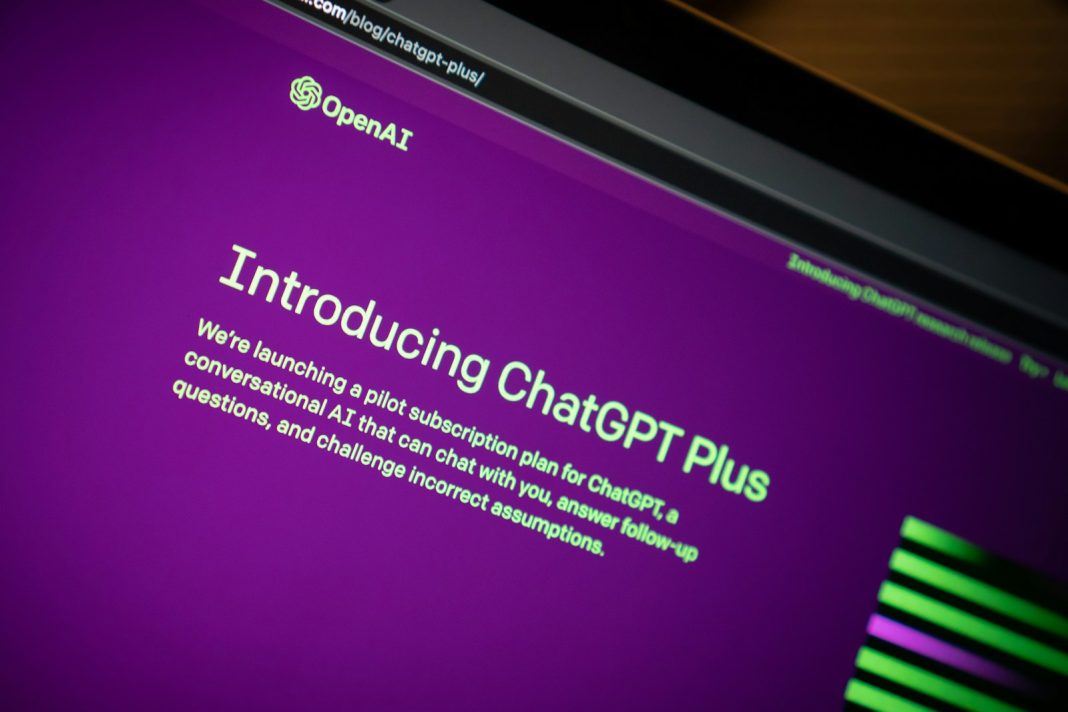In an era increasingly defined by technological advancement and digital transformation, leveraging artificial intelligence for document analysis has become not just a convenience but a necessity in various professional settings. ChatGPT, developed by OpenAI, offers a robust solution for users seeking to extract valuable insights from PDF documents swiftly and efficiently. Whether you’re a researcher grappling with lengthy academic papers or a legal professional navigating complex case documents, ChatGPT simplifies the process of information retrieval and analysis.
Seamless Integration and Accessibility
The process begins with logging into ChatGPT via a web browser at ChatGPT.com, where users are greeted with a user-friendly interface designed to facilitate ease of navigation and interaction. Upon logging in, users can access a range of functionalities, including the ability to upload PDF documents directly from their local hard drives, Google Drive, or Microsoft OneDrive.
Uploading Your PDF Document
To initiate the document analysis process, users simply click on the paperclip icon adjacent to the text input field within the ChatGPT interface. This action prompts a dialogue box that enables selection of the desired PDF file from the preferred source location. Once the document is selected, users confirm their choice, thereby initiating the upload process.
Query Formulation and Execution
With the PDF document successfully uploaded, users proceed to formulate specific queries or directives pertaining to the content they wish to analyse or extract information from. This can range from seeking detailed summaries of key sections within the document to posing complex questions that require nuanced responses.
For example, a user might inquire about the additional quantity of pork required to triple the serving size of a recipe outlined in the document. By entering such a query into the prompt field and executing the command, ChatGPT undertakes the task of comprehensively analysing the document’s contents to provide accurate and contextually relevant responses.
Advanced Vision Capabilities
One of ChatGPT’s standout features lies in its advanced vision capabilities, which enable the model to process not only textual but also graphical information embedded within PDF documents. This functionality proves invaluable in scenarios where documents contain charts, graphs, or images that require interpretation or summarization.
Real-Time Processing and Analysis
Upon receiving the query, ChatGPT undertakes real-time processing of the uploaded PDF document, leveraging its formidable natural language understanding capabilities to extract pertinent information. The model systematically scans through the document, identifies relevant sections or data points, and generates concise summaries or detailed responses tailored to the user’s specific query.
Applications Across Diverse Disciplines
The versatility of ChatGPT’s PDF analysis extends across a multitude of disciplines and professions. In academic settings, researchers benefit from expedited literature reviews and data extraction from scholarly articles and research papers. Legal professionals leverage the tool to streamline case analysis and document review processes, thereby enhancing productivity and decision-making efficiency.
Future Developments and Enhancements
Looking ahead, the continuous evolution of ChatGPT promises further enhancements in its PDF analysis capabilities. Future updates may encompass refinements in document parsing algorithms, improved accuracy in information extraction, and expanded support for additional file formats and sources. Such advancements are poised to reinforce ChatGPT’s position as a pivotal tool for professionals seeking to harness the power of AI-driven document analysis in their daily workflows.
In conclusion, the integration of ChatGPT for PDF analysis represents a paradigm shift in how individuals and organisations approach information retrieval and document processing. By combining cutting-edge AI technology with user-centric design principles, ChatGPT empowers users with unprecedented capabilities to unlock insights, streamline workflows, and make informed decisions based on comprehensive data analysis.
As organisations continue to embrace digital transformation initiatives, the adoption of AI-powered solutions such as ChatGPT underscores a commitment to innovation and efficiency in navigating the complexities of modern information landscapes. By harnessing the capabilities of ChatGPT for PDF analysis, users are not only embracing the future of document processing but also redefining the boundaries of what is achievable in the realm of artificial intelligence and machine learning.
For more information on how to leverage ChatGPT’s PDF analysis capabilities and explore its full range of functionalities, visit ChatGPT.com and discover the transformative potential of AI-driven document analysis first hand.


